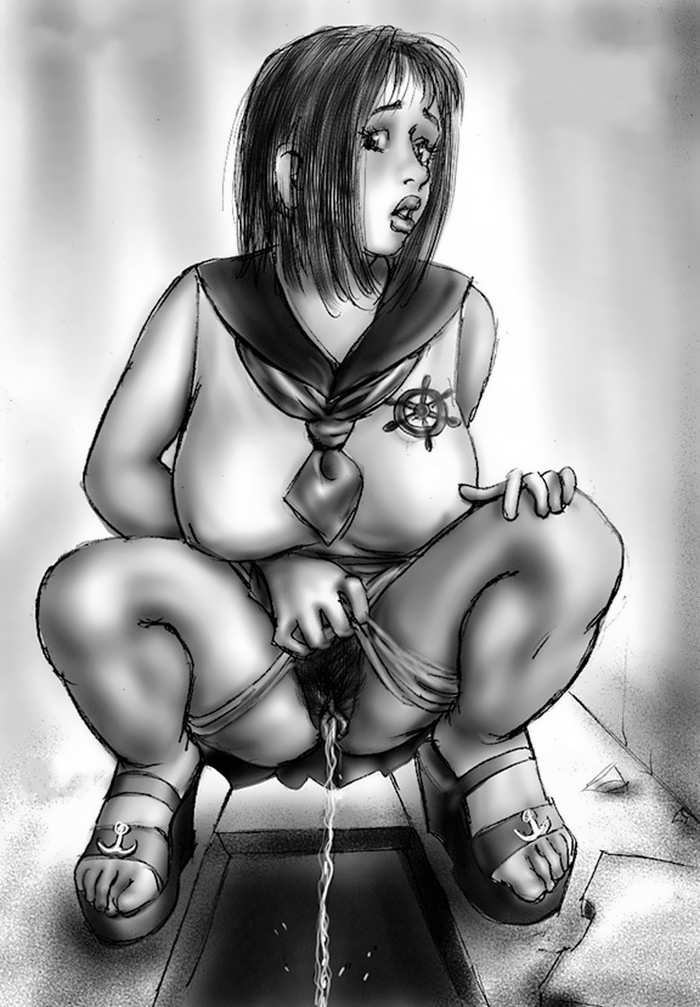
BDSM is the set of erotic practices involving domination and submission, role play, restraint, and other interpersonal dynamics. Given the wide range of practices, some of which can be exercised by people who do not consider themselves to be BDSM, inclusion in the BDSM community generally depends on self-identification and shared experience.
Table des matières
The acronym BDSM
The origin of the term BDSM is not precise. Some people agree that: B & D = bondage and discipline and that S & M = sado-maso. Others interpret the acronym as: B&D, D&S (domination and submission), and S&M.
Regardless of its origin, the acronym BDSM is used as a catch-all phrase to include a wide range of activities, forms of interpersonal relationships.
Unlike the usual “power neutral” relationships and play styles commonly followed by couples, activities and relationships in a BDSM context are often characterized by participants having unequal relationships (submission / domination), therefore, the idea informed consent from both partners becomes essential.
Participants who exercise control over their sexual partners are known as dominants while other participants have an obedient or submissive role.
Foundations of BDSM
BDSM has become an umbrella term for certain types of erotic behavior between consenting adults. There are different subcultures under this umbrella.
Role terminology varies widely within the different BDSM subcultures. Top and dominant are terms widely recognized for those in an active or controlling role. Low and submissive are generally accepted terms for receptive or controlled participants.
BDSM games can often take place for a specific period of time agreed to by both parties, this specific period of time is referred to as « play », « scene » or « session ». Sex, whether oral, anal, or vaginal, can occur within a session. But intercourse is not essential during a BDSM scene.
The fundamental principles of the exercise of BDSM require that it should be performed with the consent of all parties involved. Since the 1980s, many practitioners and organizations have adopted the slogan « Safe, sane and consensual », generally abbreviated as « SSC », which means that everything is based on safe activities, that all participants have sufficient spirit. solid and agree. This is a mutual consent which brings a clear legal and ethical distinction between BDSM and crimes such as sexual assault or domestic violence.
Consent is the most important criterion here. To give consent, participants must have relevant information (extent to which the scene will go, potential risks, if a code word will be used, what is planned etc…). The consent and the resulting understanding is sometimes summed up in a written « contract », an agreement of what can and cannot take place.
In fgeneral, BDSM games is usually structured in such a way that it is possible for the consenting partner to withdraw consent during a scene. For example, using a code word that has been agreed upon in advance. The use of the agreed code word (or sometimes a « strong symbol » such as dropping a ball or ringing a bell) is considered by some to be an explicit withdrawal of consent.
For other scenes, especially in established relationships, a code word may be agreed to signify a warning (« it’s getting too intense ») rather than the explicit withdrawal of consent.
Safety in BDSM
BDSM sessions often require a wider range of safety measures than “vanilla sex” (sexual behavior without elements of BDSM).
In theory, to ensure consent for BDSM activity, pre-play negotiations are commonplace, especially among partners who do not know each other very well. In practice, meetings in clubs or parties can sometimes be unfavorable for negotiation. Ideally, these negotiations focus on the interests and fantasies of each partner and establish a framework. This kind of discussion is a typical “unique selling proposition” of BDSM sessions and quite unremarkable. In addition, safety words are often designed to cause all activity to stop immediately if one of the participants so desires. Safety words are, by definition, words that are not commonly used during a sex scene. Words such as « no », « stop » are often not suitable as code words as they can be used perfectly during a BDSM relationship without spillover. A code word should be a word that both parties can remember and recognize when things aren’t going as planned or you’ve crossed a threshold that you can’t manage. The most commonly used safety words are « green », « yellow » and « red ». « Red » to stop and there would be no other games. “Yellow” means “it’s getting too intense”. « Green » means all is well. In most clubs and parties the SM dungeon monitors serve as a safety net by ensuring that the house rules are followed and the safe words observed.
Participants in BDSM games should understand the practical aspects of safety. For example, they need to recognize that parts of the body can be damaged, such as nerves and blood vessels by contusion, or that the skin can be scarred especially with the use of a swift sm
Despite these risks, BDSM activities generally result in much less severe injuries than sports like boxing and soccer.


